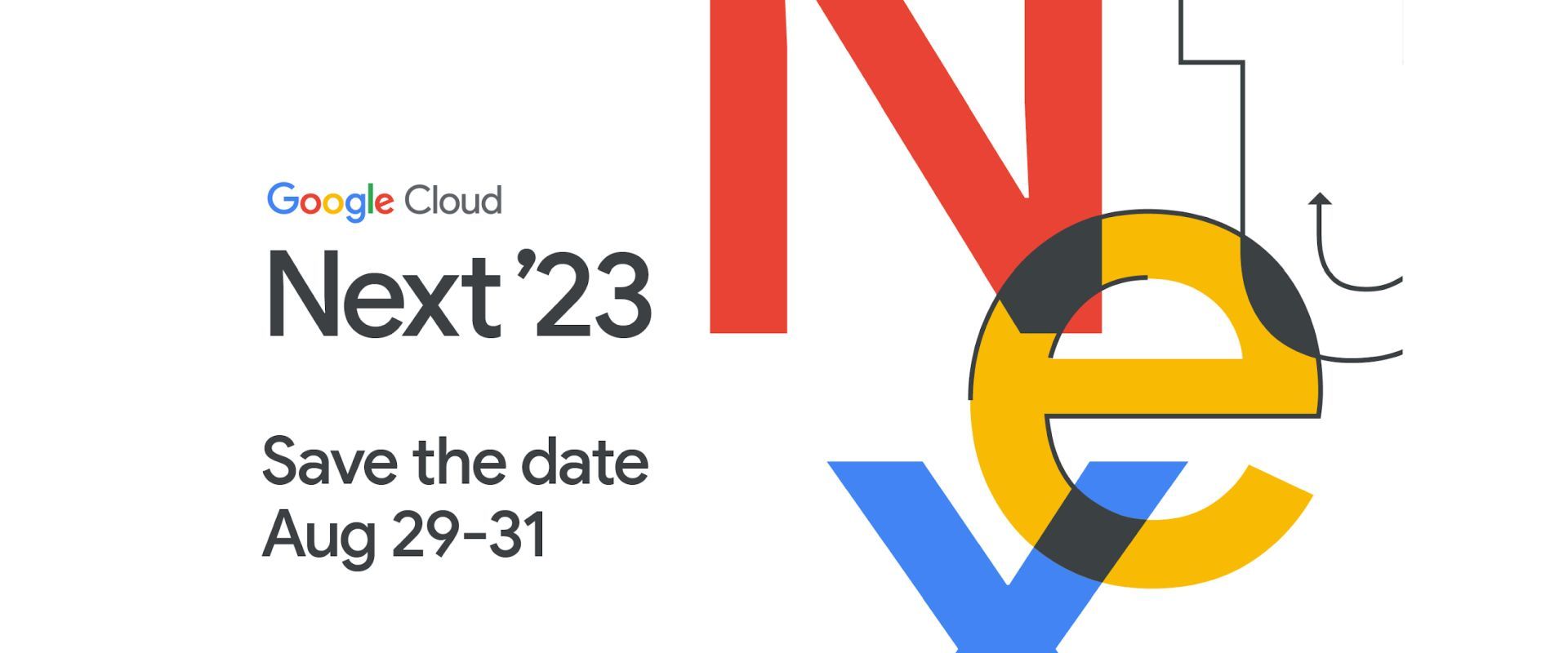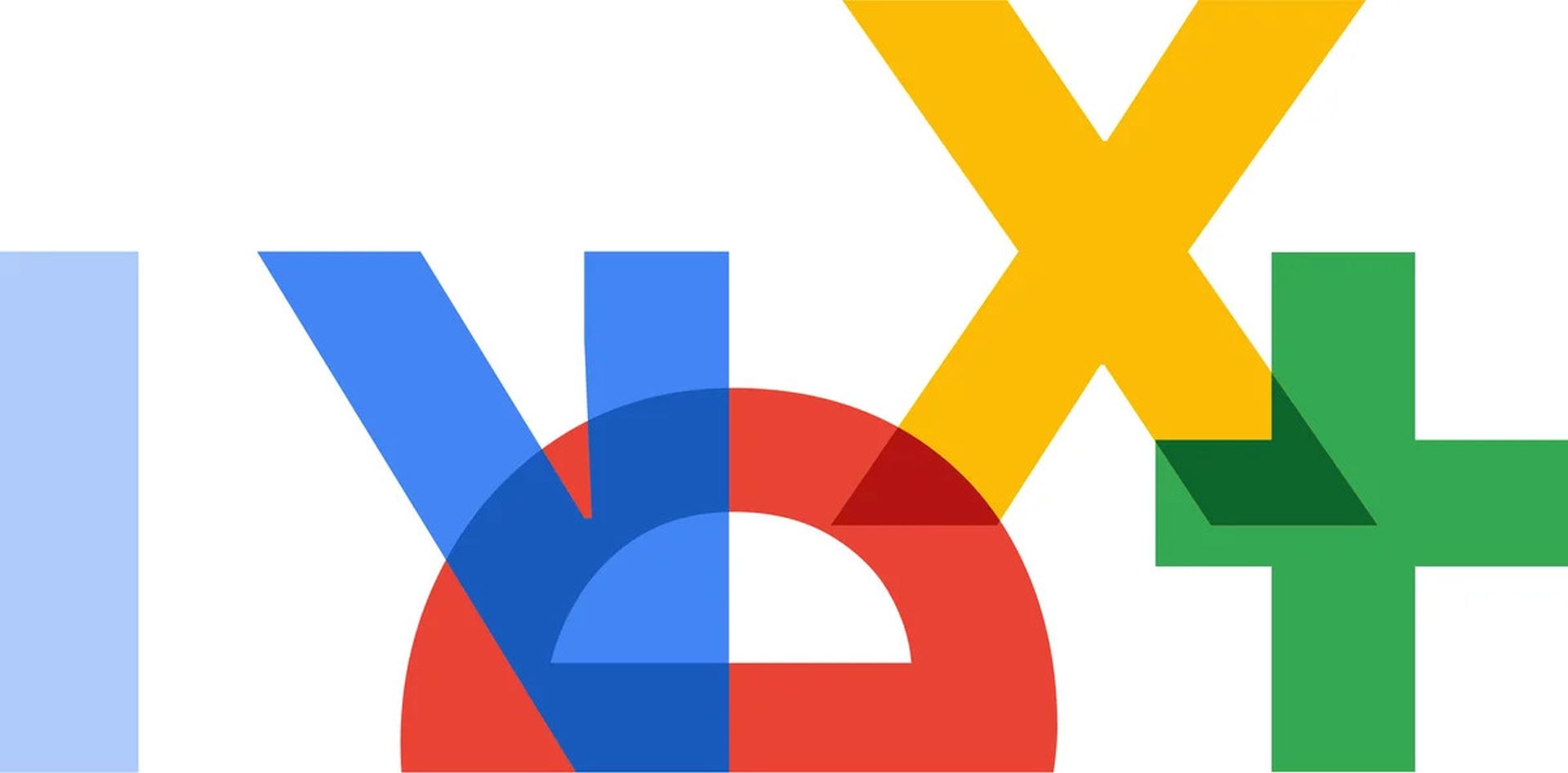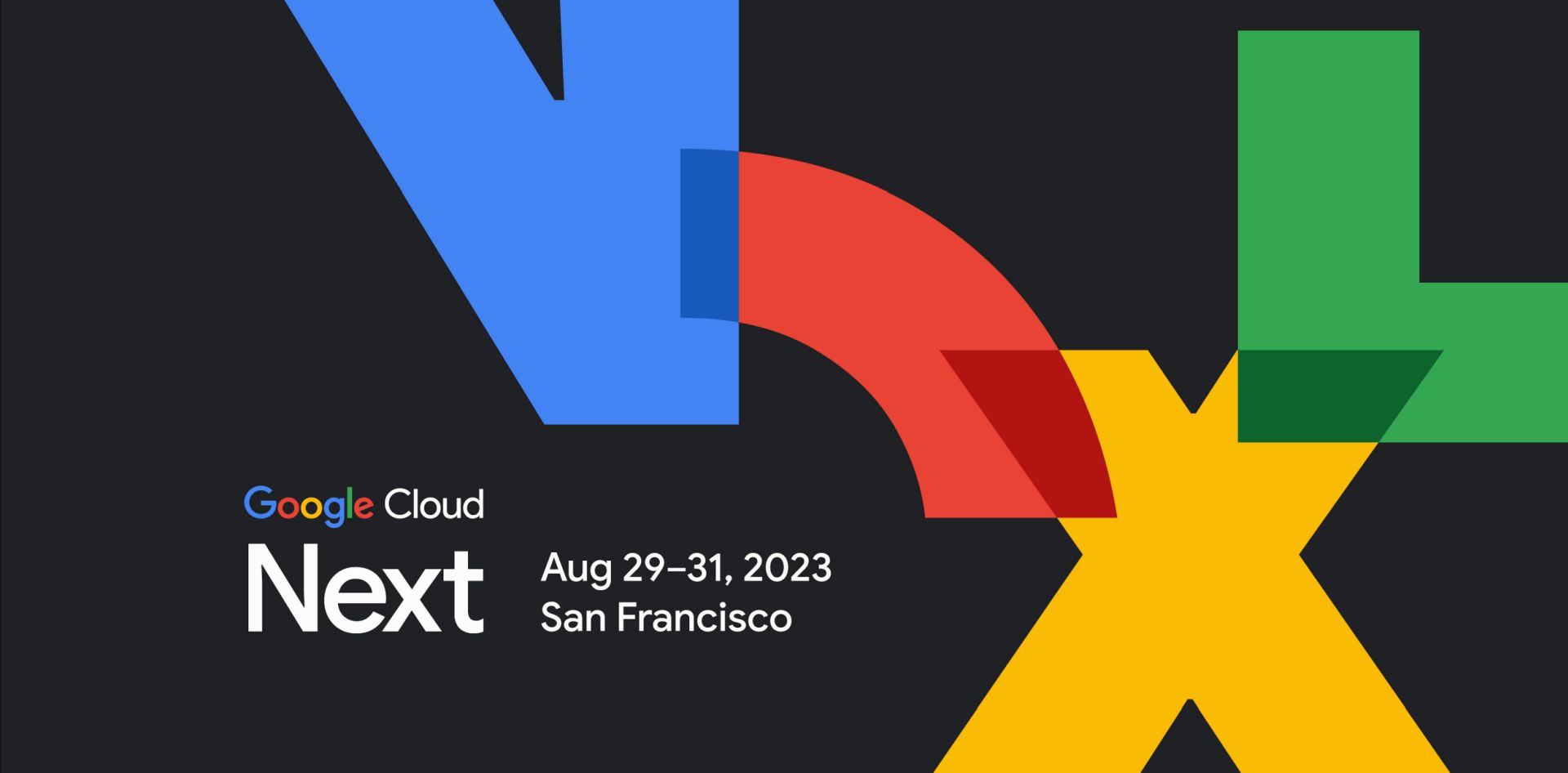Google Next 2023 is now over, and the company revealed some of its new work that looked promising for the future. Here is everything you need to know about the event!
The annual Google Next 2023 event commenced in San Francisco, with Google, the third-largest public cloud provider, making significant announcements to stay competitive in the evolving cloud market. The keynote was initiated by Google Cloud CEO Thomas Kurian, who introduced various substantial advancements aimed at propelling the company forward amidst competition from Amazon and Microsoft.
The spotlight of the Cloud Next 2023 conference was on generative AI, given that numerous recent advancements and features are driven by artificial intelligence. Google focuses on enhancing its artificial intelligence offerings in response to intensifying competition from its rivals.

What is Google Next 2023?
Google Cloud Next serves as a testament to Google’s ongoing efforts to maintain its success in the realm of cloud computing. The conference offered attendees keynote addresses delivered by Google Cloud executives, along with a range of breakout sessions, interactive labs, and chances for networking.
The topics explored during the event spanned a diverse array of subjects, including AI and machine learning, big data and analytics, cloud computing, data security and compliance, DevOps and continuous delivery practices, the Internet of Things (IoT), Kubernetes orchestration, machine learning operations (MLOps), serverless computing, security considerations, and storage solutions.
The event provided a comprehensive exploration of key areas within the realm of technology and cloud services.
Google AI: Pathways Language Model can explain a joke
What was announced at Google Next 2023?
The Google Next 2023 event in San Francisco drew a large audience of thousands, all eager to gain insights into the latest developments from Google Cloud. Here are the headliners of Google Next 2023:
Duet AI
The Google Duet AI assistant, initially introduced at the Google I/O developer conference in May, has now been made available for users. This AI assistant is designed to seamlessly integrate with Google’s suite of Workspace apps, including popular tools like Gmail, Drive, Slides, Docs, and more.
Powered by a substantial language model (LLM), Google Duet AI operates similarly to AI chatbots like ChatGPT. However, Duet goes a step further by deeply integrating with well-known Google applications such as Gmail and Meet.
These deep integrations eliminate the need for manual copying, pasting, or exporting between different programs. The seamless interaction between Duet and various Google apps is designed to enhance user efficiency and convenience.
Google Duet AI aims to elevate productivity and provide users with intelligent support across a range of tasks within these applications. By incorporating Duet, users can anticipate a more streamlined and intuitive experience while using Google Workspace.

Med-PaLM 2
Med-PaLM 2 is an advanced generative AI model specifically designed for creating realistic medical images, including X-rays and MRI scans. Building upon the foundation of the Pathways Language Model (PaLM), one of the world’s largest and most potent language models, Med-PaLM 2 merges the capabilities of language and medical imaging.
Trained on an extensive dataset comprising medical images and text, Med-PaLM 2 excels at producing lifelike depictions of medical scenarios such as diseases, injuries, and various medical conditions.
The implications of Med-PaLM 2 are far-reaching, potentially transforming medical education and research paradigms. Its capabilities extend to crafting authentic simulations of medical procedures, offering invaluable training opportunities for doctors and aspiring medical professionals.
Moreover, Med-PaLM 2 holds promise for pioneering new diagnostic tools, enabling more accurate and early disease detection, thereby enhancing medical practitioners’ ability to provide timely interventions and treatments.
Cloud AutoML
Cloud AutoML Natural Language is a groundbreaking service designed to simplify the creation of natural language processing (NLP) models, eliminating the need for coding expertise. Leveraging Google’s deep AI knowledge, this service automates the intricate process of constructing and training NLP models. As a result, individuals without coding backgrounds can now design models capable of comprehending and responding to human language.
The significance of Cloud AutoML Natural Language lies in its potential to democratize NLP. This accessible tool is suitable for businesses and organizations of varying sizes, enabling them to develop NLP applications that enhance their operations.
For instance, it facilitates the creation of interactive chatbots capable of addressing customer inquiries. It’s also useful for analyzing textual data, extracting insights, and identifying trends and patterns, which can be invaluable for making informed decisions and optimizing processes.

Vertex AI Pipelines
A significant milestone was reached with the evolution of Vertex AI, a platform that was introduced two years ago and has now undergone a remarkable expansion. Google’s unified AI platform, Vertex AI, has achieved new heights by embracing a wide spectrum of AI models, encompassing proprietary, third-party, and open-source offerings.
This strategic development solidifies Google Cloud’s position as a comprehensive hub for AI solutions. The enhanced capabilities of Vertex AI pave the way for innovation across a multitude of industries, ushering in an era of widespread accessibility to AI.
Sundar Pichai emphasized the profound impact of Vertex AI in critical sectors such as healthcare and manufacturing. The deployment of AI models has empowered companies like General Motors to make data-driven decisions. At the same time, the partnership between HCA Healthcare and Google Cloud has elevated patient care through finely tuned-AI interventions.
This expansion of Vertex AI holds the promise of transforming industries and amplifying the potential of AI technologies.
Featured image credit: Google





